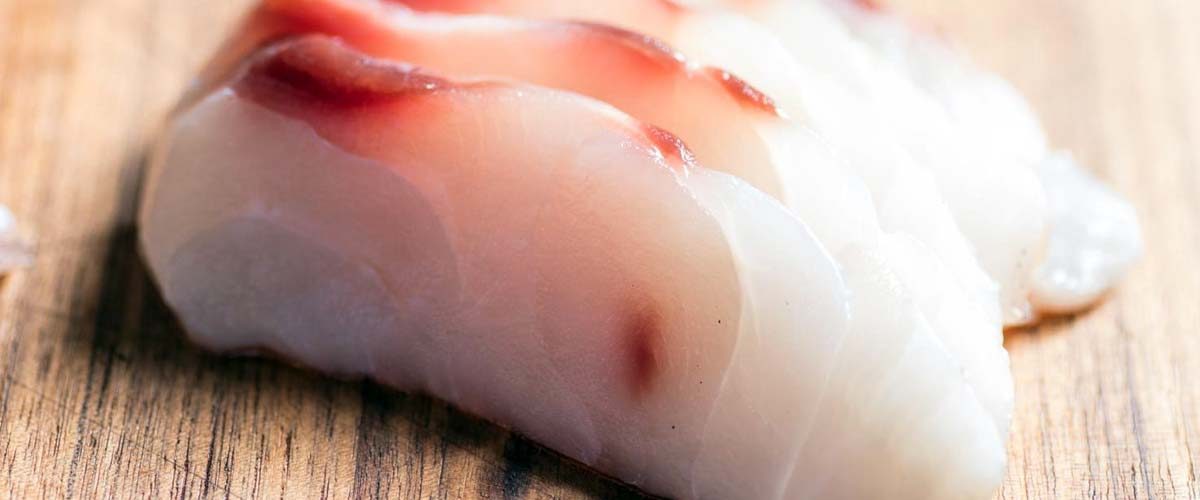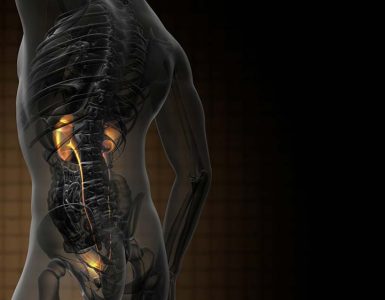The Bacillus cereus strain HVR22 is an isolate from budu which produces bacteriocins and has antimicrobial activity toward various bacterial species. Budu is a traditional fish-fermented product from Indonesia that is usually made from pelagis fish tenggiri and talang-talang1.
Bacteriocins are produced by prokaryotic and eukaryotic organisms, proteinaceous compounds which have antagonistic effects against related species and against spoilage and food-borne pathogens2. These peptides are very important for food and fodder, since a sufficient amount of peptides can inhibitor kill pathogenic microorganisms that compete for the same nutritive demands3.
Bacteriocins from LAB have drawn considerable attention recently because they are “Generally Recognized as Safe (GRAS)” and may be used as bio-preservatives in food processing4. Bacteriocin producing LABs can be isolated from different types of food products such as dairy products, sausages, fish and vegetables5.
A number of other studies on different Sudanese products i.e. meat, fish, dairy, vegetables and cereal products reported on their microbial load, however these products require additional research. So a new study was conducted to evaluate the effect of partial purification of bacteriocins on pathogen bacteria and to observe of its effect on the cellular morphology of Escherichia coli with applications to fish fillets6.
The Bacillus cereus strain HVR22 isolates had the highest inhibitory effect against the Escherichia coli in 14 mm. The emergence of the clear zone is caused by acid metabolism from lactic acid that prevented growth of the indicator bacteria; the same effect was also found in Moroccan sardines fermented fish.
The scanning electron microscopy revealed damage to the cells and cellular material loss. Cell morphological damage from Escherichia coli was used as a representative of gram negative cells, after treatment with the antimicrobial compounds from the Bacillus cereus strain HRV22.
The transmission electron microscopy observation of ultra-structure pathogenic bacteria of the bacteriocins of Bacillus cereus strain HRV22 showed that addition of bacteriocins to Escherichia coli pathogenic bacteria produced a few visible changes, including irregular cytoplasm, formation of a space between cytoplasm and cell membrane, wrinkled cells (collapse) and cell lysis.
It was concluded Antimicrobial compounds produced by the Bacillus cereus strain HVR22 can damage the cell membrane and cellular structures inside Escherichia coli cells. Antimicrobial compounds of the Bacillus cereus strain HVR22 can inhibit the growth of Salmonella sp. and Escherichia sp. in snapper fish fillet until 7 days of storage and can be used as natural preservatives.
Keywords:
Bacillus cereus, bacteriocins, application, fish fillet, Antimicrobial compounds, strain HVR22, inhibit the growth, scanning electron microscopy, transmission electron microscopy, clear zone, highest inhibitory effect.
References:
- Yusra, F. Azima, Novelina and Periadnadi, 2013. Antimicrobial activity of lactic acid bacteria isolated from Budu of West Sumatera to food biopreservatives. Pak. J. Nutr., 12: 628-635.
- Leroy, F. and L. De Vuyst, 2004. Lactic acid bacteria as functional starter cultures for the food fermentation industry. Trends Food Sci. Technol., 15: 67-78.
- Rahayu, E.S., 2010. Lactic acid bacteria and their role in food and health: Current research in Indonesia. Proceedings of the International Symposium of Lactic Acid Bacteria, July 25-27, 2010, Kuala Lumpur -.
- Carr, F.J., D. Chill and N. Maida, 2002. The lactic acid bacteria: A literature survey. Crit. Rev. Microbiol., 28: 281-370.
- Embarek, P.K.B., V.F. Jeppesen and H.H. Huss, 1994. Antibacterial potential of Enterococcus faecium strains isolated from sous-vide cooked fish fillets. Food Microbiol., 11: 525-536.
- Yusra and Yempita E., 2017. Effect of the Bacteriocin-producing Bacillus cereus Strain HVR22 on the Preservation of Fish Fillets. Pak. J. Nutr., 16: 299-305.
















Add comment